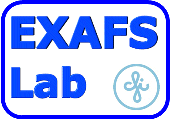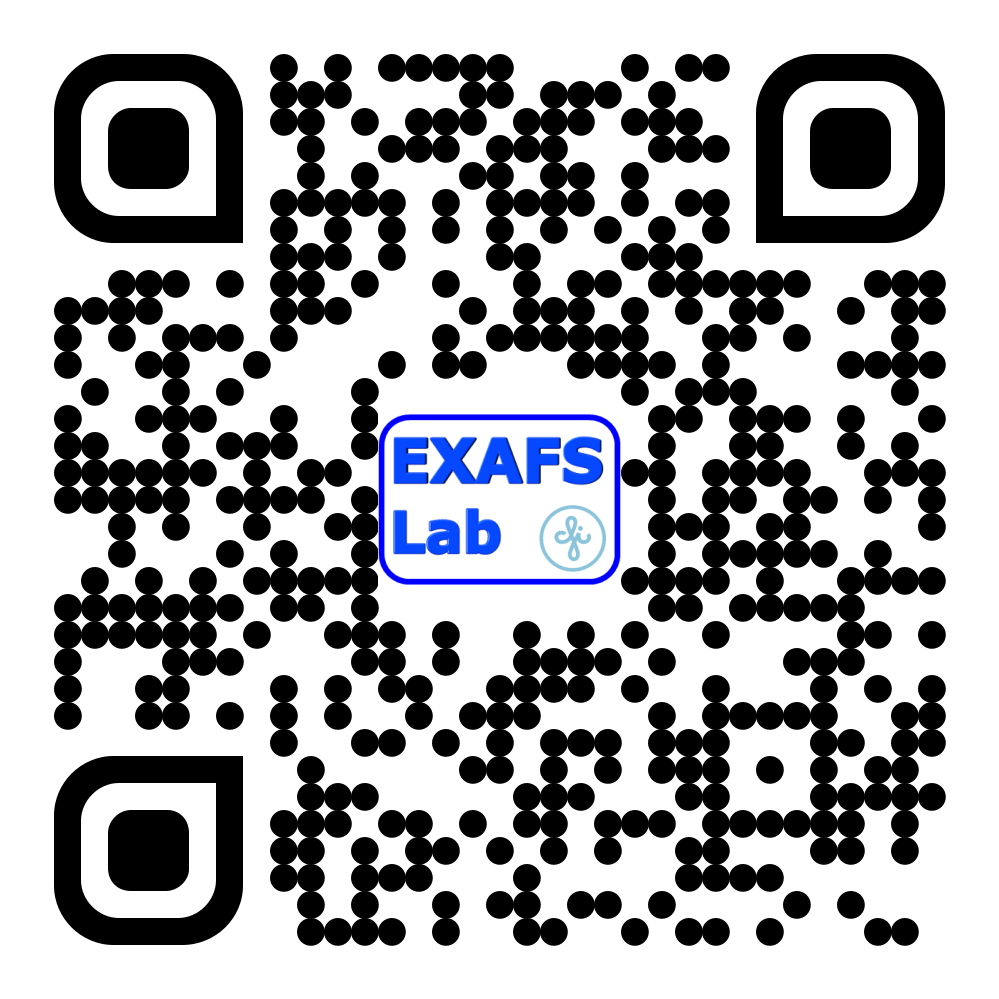 
A song about Synchrotron Light produced by Udio AI:
A popular science podcast about the X-ray absorption spectroscopy:
X-ray absorption spectroscopy (XAS) is a powerful tool to study local electronic and atomic structure of solids, liquids and gases in a wide range of external conditions defined by temperature, pressure, etc. The information on the local electronic structure can be extracted from x-ray absorption spectrum in the vicinity of an absorption edge of an atom, whereas structural information can be determined from the extended X-ray absorption fine structure (EXAFS), having an oscillating character and located beyond the absorption edge. The EXAFS range extends usually about 400-1000 eV above the edge due to limitations caused by experimental noise and/or by the presence of another absorption edge. To measure the X-ray absorption spectrum, one needs to have an X-ray source. Hystorically first, an X-ray tube was used, but, at present, most experiments are performed using synchrotron radiation. The latter has several advantages due to unique characteristics, which include: The above figure compares a brilliance of several synchrotron radiation sources and X-ray tubes (left panel). A typical spectrum of synchrotron radiation is also shown for several beamlines at ESRF storage ring (right panel). A typical synchrotron radiation source consists of two accelerators (a linear accelerator (shown by green), called LINAC, and a booster (shown by red)) and a Storage Ring (shown by blue). Charged particles (electrons or positrons) are accelerated within the LINAC and booster up to operating energy and are injected into the Storage Ring. There, a radially accelerated charged particles emit electromagnetic radiation, including X-rays, in the tangent direction to their orbit. This radiation is utilized by experimental stations, located at beamlines in the Experimental Hall. The X-ray absorption spectrum µ(E) for a sample can be obtained using several modes. The transmission mode is the most used and also most simple for interpretation. In this case, the x-ray absorption coefficient is determined as µ(E)=(1/x)ln(I0/I) where x is the sample thickness, I0 and I being intensities of incident and transmitted X-rays. However, other effects, proportional to the absorption coefficient, can be also utilized. X-ray fluorescence mode, total electron yield (TEY) or x-ray excited optical luminescence (XEOL) are the most often used. Here one can see a schematic overview of the X-ray absorption process in metal, insulator and molecule. An X-ray photon excites a photoelectron from the core level into an empty state above the Fermi level EF. The possible transitions are determined by the dipole selection rule Δl = ±1 for the orbital momentum of the photoelectron. In the experiment, the energy E of the X-ray photon is varied from several hundred electron-volts (eV) below the absorption edge up to about 1000 eV above the edge, and the x-ray absorption coefficient µ(E) is determined. The standard procedure of the EXAFS data analysis consists of several steps. It will be described below only briefly, but all details can be found in the manual. Experimentally measured X-ray absorption spectrum (XAS) µexp(E) can be decomposed into three contributions: the background part µb(E), the embedded-atomic contribution µ0(E) and the X-ray absorption fine structure (XAFS) χ(E) = (µexp(E)-µb(E)-µ0(E)) / µ0(E) (also called EXAFS). The XAFS signal χ(E) contains information on the local atomic structure around absorbing atom, including both pair and many-atom correlation functions. The main goal of the data analysis is to reconstruct these correlation functions (and thus the atomic structure around the absorber) from the experimental XAFS signal. This is a very complicated task ! In many cases, contributions of the pair correlation functions, known also as radial distribution functions (RDFs), dominates many-atom contributions that significantly simplifies the analysis. Note also that XAFS signals due to the pair correlation functions are called single-scattering effects, whereas those from the many-atom correlation functions - multiple-scattering effects. A contribution into the total XAFS signal from each group of atoms can be represented as a sinusoidal-like signal χ(k) = A(k,R)sin(2kR+Ψ(k,R))
where k is the photoelectron wavenumber, A(k,R) and Ψ(k,R) are the scattering amplitude and phase shift functions, R is the scattering path half-length. Both scattering functions A(k,R) and Ψ(k,R) depend on the correlation function, corresponding to the group of atoms. In the simplest case of two atoms (absorber (A) and its neighbour (N)), the scattering path half-length R is equal to the interatomic distance R(A-N). There are generally two approaches to the analysis of the XAFS signal: This figure shows an example of the Fourier filtering procedure for the first coordination shell XAFS in ReO3 (Re L3-edge): the total XAFS signal (red solid line) is first Fourier transformed (FT) from k to R-space, and then, the first shell contribution from 1 to 2.2 angstrom is back-FT into k-space (black dashed line). The first shell XAFS signal can be described as shown in the figure, so that if one knows all necessary parameters, the first coordination shell RDF G(R) can be found. The practical techniques to do this are realised in the EXAFS Data Analysis software package "EDA" and are described in the "EDA" manual. The analysis of outer coordination shells requires more advanced approaches due to a contribution from many-atom distribution functions, known as multiple-scattering effects. Two such approaches (see A. Kuzmin and R.A. Evarestov, J. Phys.: Condens. Matter 21 (2009) 055401 and J. Timoshenko, A. Kuzmin, J. Purans, J. Phys.: Condens. Matter 26 (2014) 055401) have been developped by us recently. They are based on the simulation of configuration averaged EXAFS spectra by Molecular Dynamics or reverse Monte Carlo methods.
USEFUL LINKS
Achievements
|

|
 Institute of Solid State Physics, University of Latvia |
 
 ENG LV |

|
  
|

























